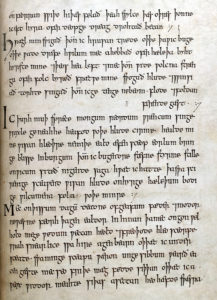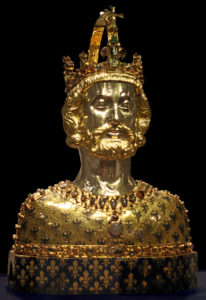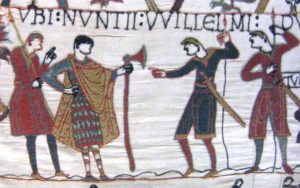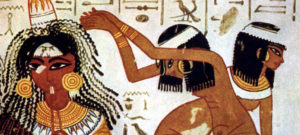In my my most recent blog, “Encoded References in the Exeter Book Bird-Riddles,” I discuss arcane references in the Exeter Book Riddles and build on a previous piece, “Reading Runes in the Exeter Book Riddles,” which explores the cryptic use of runes in this Old English riddle collection. Both of these blogs note how certain Riddles contained in the Exeter Book (Exeter Cathedral Library MS3051) rely on esotericism as a rhetorical strategy in order to obfuscate their solutions.
Because I translated four bird-riddles in my most recent piece on Exeter Riddles, I decided that I would supplement my work by providing also recitations and making them available through our Medieval Poetry Project. Currently, the translated Old English riddles include:
Exeter Book Riddle 7
Exeter Book Riddle 8
Exeter Book Riddle 9
Exeter Book Riddle 10

Translating a medieval riddle can be especially tricky because these poetic projects double as verbal puzzles, and therefore coded language is crucial to their rhetorical structures and modes of obfuscation. In this way, specific diction and the semantics of those words chosen (especially when polysemous), are often quintessential clues for solving these riddles, and for this reason I have attempted to stay as faithful to the original Old English as possible in my translations. Although at this point there are only four translated riddles (from the Exeter Book collection containing almost a hundred riddles), perhaps others may soon wish to follow my lead and contribute their favorite Old English riddles. With this in mind, I am hopeful that eventually we may have many more of the Exeter Book Riddles available as part of our poetry project.
Richard Fahey
PhD in English (2020)
University of Notre Dame
Editions and Translations:
Exeter Anthology of Old English Poetry. Edited by Bernard J. Muir. Exeter, UK: University of Exeter Press, 1994.
The Old English Riddles of the Exeter Book. Edited by Craig Williamson. Chapel Hill, NC: University of North Carolina Press, 1977.
Further Reading:
Fahey, Richard. “Reading Runes in the Exeter Book Riddles.” Medieval Studies Research Blog. University of Notre Dame, Medieval Institute. February 17, 2017.
Fahey, Richard. “Encoded References in Exeter Book Bird-Riddles” Medieval Studies Research Blog. University of Notre Dame, Medieval Institute. December 6, 2019.




